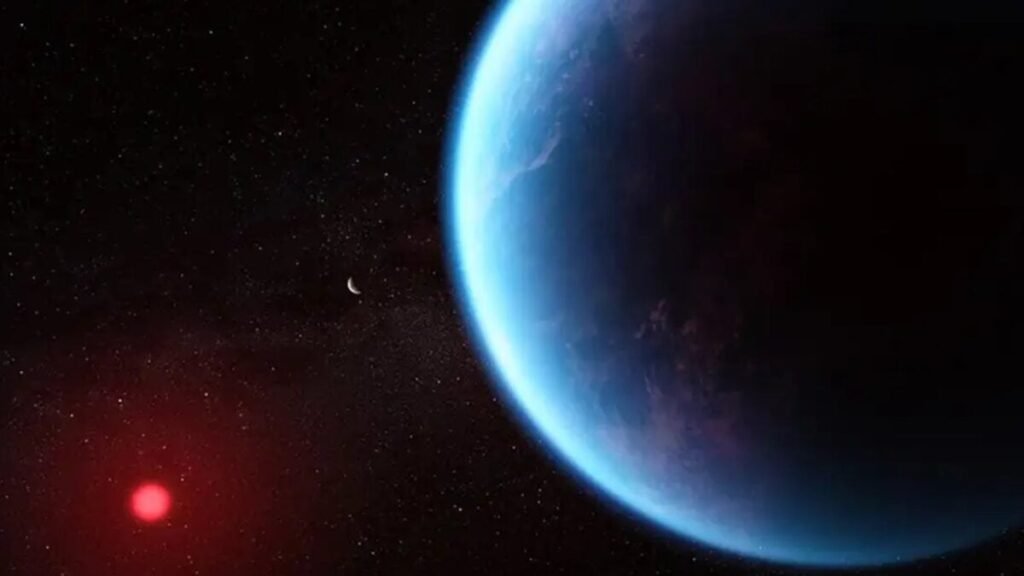Among billions of worlds, ours has yet to receive a response. Perhaps the universe is alive, but unwilling to speak.

In a universe with trillions of planets, . The most conservative estimates suggest that there could be dozens of civilizations just in the Milky Way, and yet, we continue to hear not a single signal. For now, Everything else —promising atmospheres, exoplanets with water, anomalous signals— belongs to the realm of conjecture. Researcher at the Center for Astrobiology (CSIC-INTA) and head of the Experimental Evolution Studies group with viruses and microorganisms, explains that the absence of evidence “does not necessarily imply that we are alone.”
In an interview for the program , Lázaro argues that “life may exist in forms that we still do not know how to recognize, or that its window of communication may be much shorter than we imagine.”
The equation that wanted to answer everything
In 1961, the astronomer Frank Drake tried to put numbers to hope. His equation, . To do this, he considered factors such as the number of stars with planets, the number of potentially habitable worlds, and the probability that life evolves to develop intelligence and technology.
But there was a crucial variable: the duration of these civilizations. How long can they survive before disappearing?
“That is the big unknown,” points out Lázaro. “A civilization could have existed millions of years ago, communicated for only a few centuries, and then extinguished without a detectable trace.” Hence the question that physicist Enrico Fermi launched over half a century ago and that still lingers without an answer: “If there are so many civilizations out there… where is everyone?”
Microscopic life: the rule, not the exception
. For almost all of its history, life was microbial and simple. Complex organisms —and much more, intelligent beings— are the exception. That’s why, says Lázaro, “if life exists on other planets, it is most likely microscopic. It is the most resistant, adaptable, and long-lasting form we know.”
The so-called extremophiles, capable of surviving in radiation, ice, or acids, demonstrate that life does not need “ideal” conditions. . “These findings,” explains the researcher, “force us to expand the definition of habitability. Life can hide in places we can’t even imagine.”
Civilizations that do not last long enough
But when it comes to intelligence, the picture changes. “Progress brings with it the ability to self-destruct. Perhaps many species reach that point and disappear before we can detect them.”
In just a century, . If that pattern is universal, the silence of the universe could be the echo of its fragility.
A search that also explains us
. “The search for extraterrestrial life is not only scientific, it is also philosophical,” concludes Lázaro. “It forces us to think about what it means to be alive, about the improbability of our existence, and about how we take care of it.”
Perhaps no one wants —or can— answer. But continuing to ask already speaks volumes about us: a tiny species that looks up at the sky and dares to challenge the silence.
Source: .






